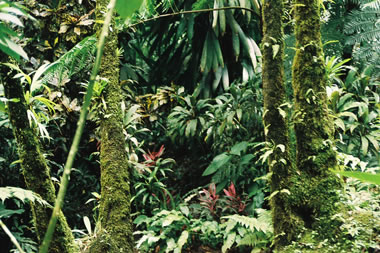Rainforest vegetation on the Caribbean island of Dominica
Click on image for full size
NBII Digital Image Library - Randolph Femmer, photographer
Tropical Rainforests
Tropical rainforests are home to thousands of species of animals, plants, fungi and microbes. Scientists suspect that there are many species living in rainforests have not yet been found or described.
There are areas of rainforests where plants are densely packed. Areas where sunlight can reach the surface are full of interesting plants. In other areas a canopy, made from the branches and leaves of tall trees, shades the ground below, preventing smaller plants from growing.
Rainforests get their name because they receive a lot of rain - an average of 80 inches (203 cm) a year! Rainforests are found at and near the equator, where it is always warm and muggy. The temperature doesn't change very much during the year.
Learn more about the animals that live in tropical rainforests by exploring the links below.
Last modified October 24, 2008 by Lisa Gardiner.
You might also be interested in:

On this page we will learn about insects, arachnids, centipedes and other "tiny creatures" of the rain forest. So, let's get started! The most feared spider in the world resides in the jungle. Tarantulas
...more
The birds of the rain forest are the most beautiful in the world. A wide range of colors can be seen flying through the trees. Many species of tropical birds are kept as pets because of their looks. Hundreds
...more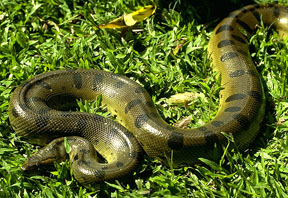
The tropical rain forests of the world are full of reptiles. Reptiles are cold blooded, which means their body temperature depends on their environment. So, it is important for them to stay in warm climates.
...more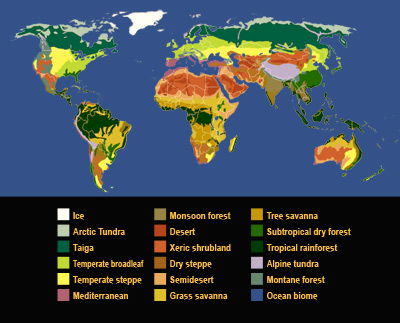
Biomes are large regions of the world with similar plants, animals, and other living things that are adapted to the climate and other conditions. Explore the links below to learn more about different biomes.
...more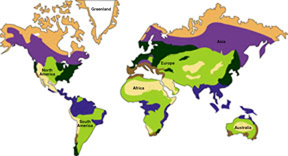
Places located at high latitudes (far from the equator) receive less sunlight than places at low latitudes (close to the equator). The amount of sunlight and the amount of precipitation affects the types
...more
Forests cover almost a third of the land surface on Earth. A new report is out about forests and how they impact global climate. Scientists know that forests play a role in both lessening and adding to
...more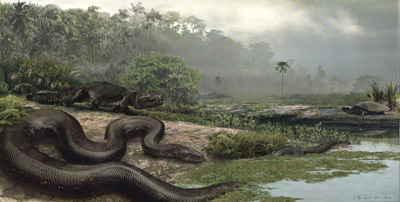
Today, the South American jungle is home to many snakes. But 60 million years ago it was home to much larger snakes. Scientists have discovered the fossils of a snake that was longer than a school bus.
...more


